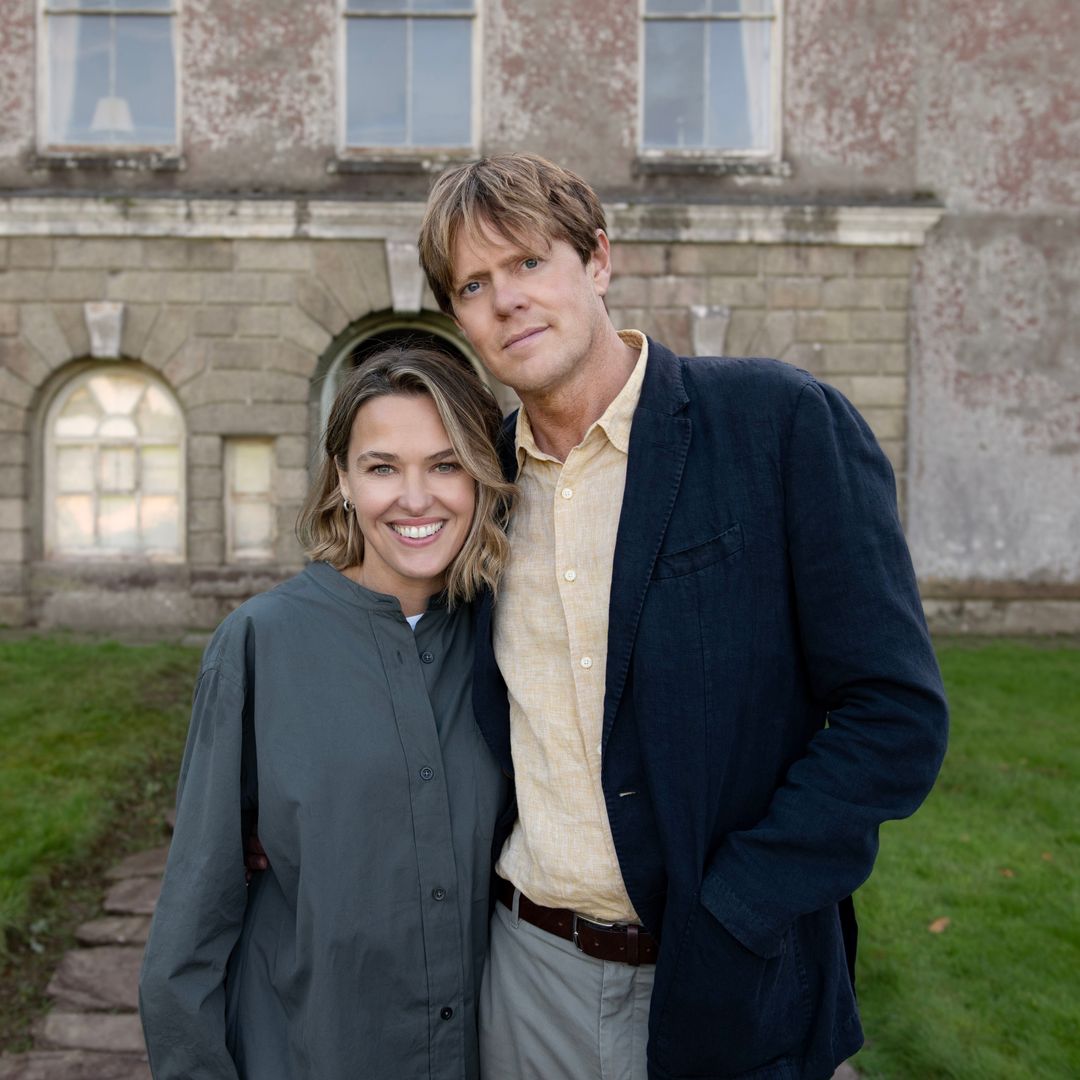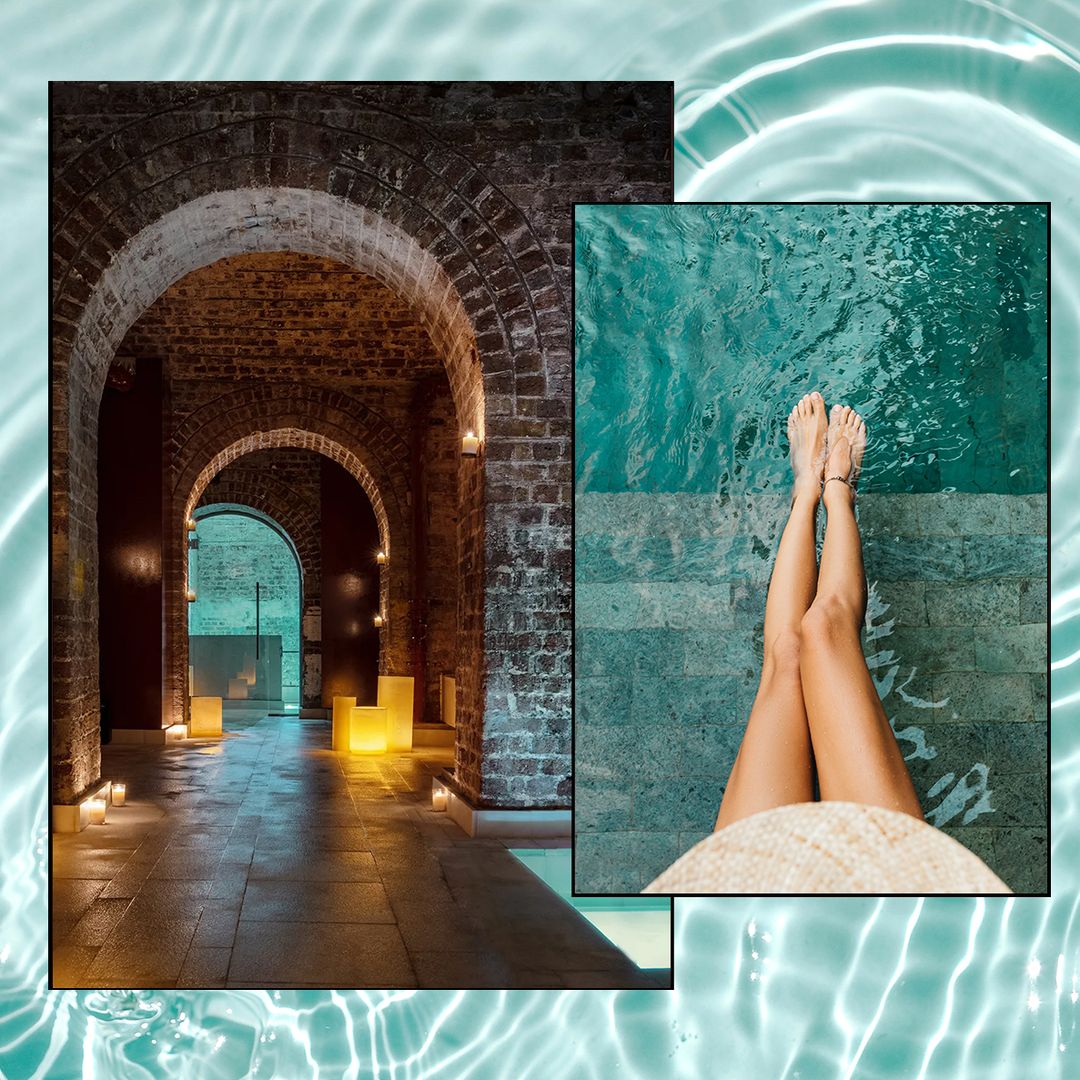An exceptional collection of 150 pieces of jewellery, porcelain, ceramics, glass, painting, sculpture and furniture have been brought together in the Calouste Gulbenkian Foundation under the name Art Deco, 1925, in tribute to the 'International Exhibition of Decorative Arts', held in Paris in 1925.Art Deco style, a name derived from "decorative art", developed during the interwar period (1920-1939), in Europe and America with its high point being the Paris exhibition.
The style is characterized by elaborate ornamentation made from opulent materials and the use of geometric patterns with the focus on decoration rather than functionality. The Paris exhibition was staged at the Grand Palais and attended by 21 participating countries. Although Portugal was not officially represented, a Portuguese artist, Canto da Maya, who was living in the city at the time, showed some of his work, and is represented in the Lisbon exhibition by the sculptures Eve and Femme au Serpent.
The Paris exhibition made a great impact; it included creations by artists who were considered ahead of their time, including Le Corbusier and Fernand Leger, alongside jewellery by Chaumet, Cartier and Van Cleef and Arpels and perfume bottles by Baccarat.
Included in the Portuguese retrospective, Art Deco, 1925, are jewellery by Van Cleef and Arpels, Cartier, Chaumet and Boucheron; ceramics by Braquemond and Jourdain; porcelain by Rapin; paintings by Le Corbusier, Leger and Laucerin; sculptures by Janniot and Joseph Bernard; glass by Baccarat and Lalique; furniture by Ruhlmann, Lleu, Groult and Dunard; textiles by Dufene and Miklos; silverware by Christofle; and illustrated books and bindings by Schmied, Dunand and Legrain. The works on display have been gathered from public and private collections, mainly from around France, but also from Portugal.
Of the works on display - a third of which appeared at the original Paris exhibition - one particularly worth mentioning is the group sculpture Le Printemps (Spring) or Homage to Jean Goujon, from the Calouste Gulbenkian collection.
Further information:Calouste Gulbenkian Foundation
LisbonUntil January 3rd








